A company’s website design is a crucial aspect of their brand—it’s where prospective customers go first when seeking information about your products and services. However, many organizations overlook a critical aspect of their website strategy: accessibility.
The Americans with Disabilities Act (ADA) requires websites to be accessible to all users. This involves the addition of features that assist with keyboard navigation, screen readers, color and text adjustments, and more to help individuals with disabilities to fully engage with your site.
Not only is this a legal requirement, but going beyond mere compliance can open up a world of opportunities for businesses. Embracing ADA website accessibility as a competitive advantage can:
- Expand your reach
- Enhance user experience
- Improve your search engine optimization (SEO)
Expanding Your Reach
Making your website accessible is not just about meeting legal requirements. It’s about creating an inclusive environment that caters to all individuals, regardless of their abilities. By adhering to ADA and Web Content Accessibility Guidelines (WCAG) guidelines, you open the doors to millions of potential customers who may have previously been excluded from fully engaging with your brand.
According to the World Health Organization (WHO), 1.3 billion people worldwide live with some form of disability, representing around 16% of the world’s population. This is a significant market segment that businesses can serve by simply offering an accessible website.
It’s important to note that making your website accessible does have some upfront and ongoing costs involved. You may need to hire a web developer, like Baker Marketing Laboratory, that is knowledgeable about accessibility best practices, or pay for a software widget that provides instant accessibility features.
However, by expanding your reach and helping more people access your products and services, you can increase revenue in the long run. You may also be eligible to receive up to $5,000 from the Disabled Access Credit to cover expenses for adhering with ADA regulations.
Enhancing User Experience
Imagine entering a website that lacks photos, meaningful text, or working buttons. The frustration of not being able to navigate and access essential information would make you promptly exit that page. This is how users with disabilities feel when they encounter a website without proper accessibility features.
For users with visual impairments, the absence of descriptive alt text for images or proper heading structures can make it challenging to understand the content. People with motor disabilities may struggle with inaccessible buttons and links that are not keyboard-navigable. These barriers not only deter users from engaging with the website, but they also create a negative impression of the brand’s commitment to accessibility.
By prioritizing ADA website compliance, businesses can break down these barriers and create a seamless user experience for all visitors. Implementing accessibility features such as image alt text, clear headings, and keyboard-friendly navigation ensures that users with disabilities can access the website’s content just as easily as any other user.
Improving Your SEO
There is also a proven overlap between web accessibility and SEO, where accessibility features can in turn improve your search engine rankings. For example, writing descriptions of images as alt text helps Google determine the subject matter on your website pages, and at the same time, it improves accessibility for people who can’t see the images.
A 2023 Semrush Study also found that web accessibility can also increase organic traffic by enabling more visitors to use your site. This is because a well-optimized, accessible website tends to have:
- Better site structure
- Clearer navigation
- Faster load times
All of these factors contribute to a seamless experience for all users, and user experience is a top priority for search engine rankings. Improved search engine rankings leads to increased organic traffic, which is a win-win for businesses. As such, web accessibility is becoming increasingly tied to SEO strategies.
Getting Started with Web Accessibility
Now that you understand the many benefits of accessible websites, it’s time to take a look at your own website. To help you get started with web accessibility, our team of experts at Baker Marketing Laboratory is offering a free ADA compliance audit for your website. This will determine if your website is currently accessible or not, allowing us to provide effective solutions for achieving full compliance.
By making your website accessible, you not only enhance the experience for users with disabilities, but you also give your business a competitive edge. Greater reach, enhanced user experience, and improved search engine rankings are all goals that most companies are trying to achieve through other marketing strategies. Web accessibility can positively impact all of those objectives, so request your free ADA compliance audit to get started today.



